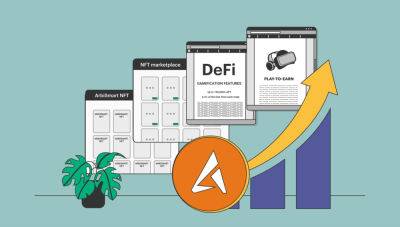$15.5K retest is more likely, according to Bitcoin futures and options
Bitcoin (BTC) has been trading near $16,500 since Nov. 23, recovering from a dip to $15,500 as investors feared the imminent insolvency of Genesis Global, a cryptocurrency lending and trending company. Genesis stated on Nov. 16 that it would “temporarily suspend redemptions and new loan originations in the lending business.”
After causing initial mayhem in the markets, the firm refuted speculation of “imminent” bankruptcy on Nov. 22, although it confirmed difficulties in raising money. More importantly, Genesis' parent company Digital Currency Group (DCG) owns Grayscale — the asset manager behind Grayscale Bitcoin Trust, which holds some 633,360 BTC.
Contagion risks from the FTX-Alameda Research implosion continue to exert negative pressure on the markets, but the industry is working to improve transparency and insolvency risks. For example, on Nov. 24, crypto derivatives exchange Bybit launched a $100 million fund to help market makers and high-frequency trading institutions struggling with financial or operational difficulties.
More recently, on Nov. 25, Binance published a Merkle Tree-backed proof of funds for its Bitcoin deposits. Moreover, the exchange outlined how users can use the mechanism to verify their holdings. There’s no doubt that centralized institutions must embrace transparency and insurance mechanisms to regain investors’ trust.
First, however, one must analyze Bitcoin derivatives markets to fully understand how professional traders are digesting such news.
Fixed-month futures contracts usually trade at a slight premium to regular spot markets because sellers demand more money to withhold settlement for longer. Technically known as contango, this situation is not exclusive to crypto assets.
In healthy
Read more on cointelegraph.com





















